A new Conservative prime minister in No 10 and a new Conservative administration at Westminster must confront the SNP-Greens coalition at Holyrood.
The SNP have been in power for 15 years and, yet, Nicola Sturgeon has published a document suggesting that Scotland could be “wealthier, happier, fairer” if it became independent.
Why, after 15 years of SNP rule, is Scotland not a wealthier, happier and fairer country? Indeed, it is almost the opposite, with a crisis in the NHS, failing education, underfunded councils, a ferry shambles, the government-run rail service on strike, a police go-slow, and the highest drug death rate in Europe.
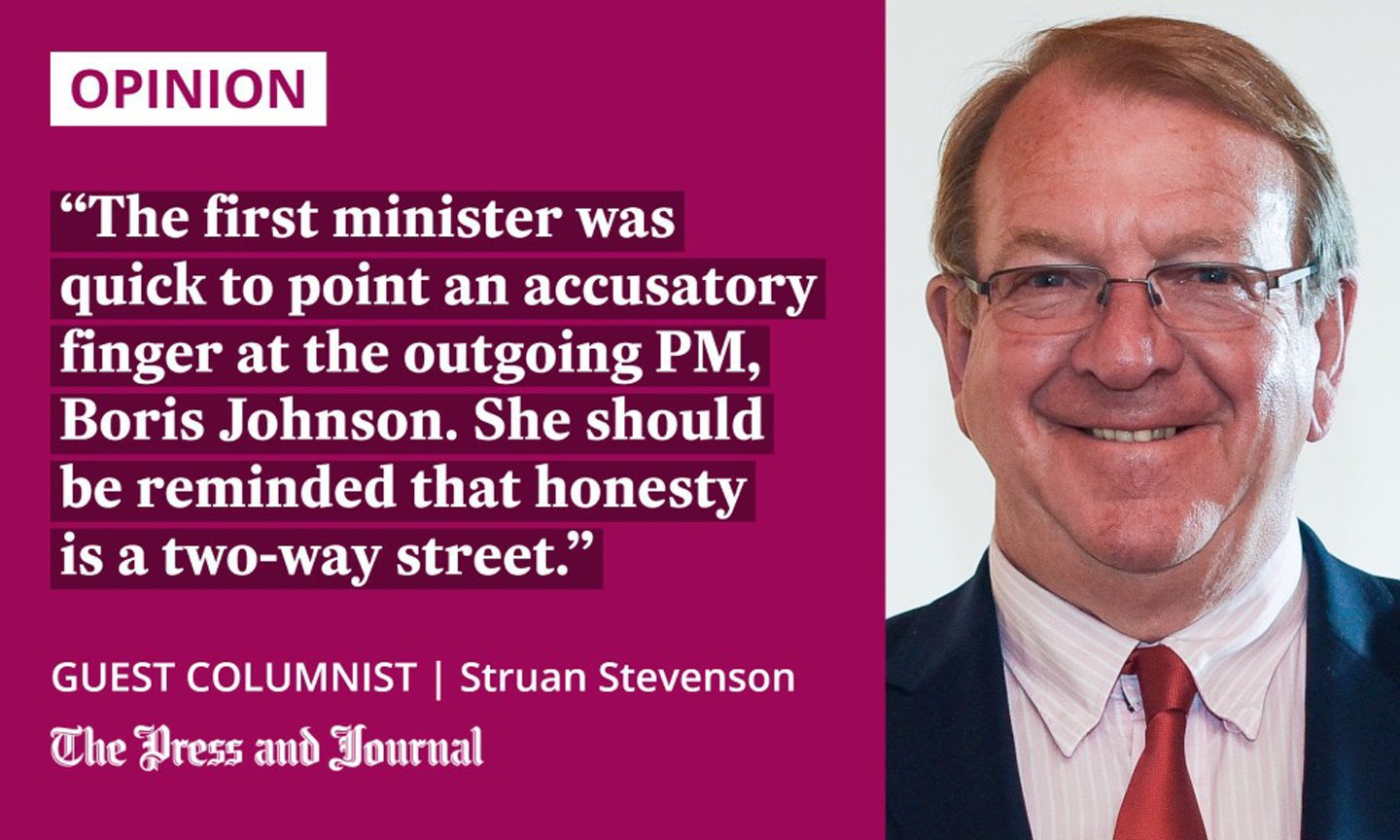
The SNP and Greens obsession with independence and their failure to concentrate on post-pandemic economic recovery, the cost of living crisis, spiralling fuel costs and energy poverty, has shown them to be a failed administration.
The first minister insists on honesty in government. She was quick to point an accusatory finger at the outgoing PM, Boris Johnson. She should be reminded that honesty is a two-way street.
Scottish independence presents major obstacles and hardship
The SNP need to be honest with Scottish voters over what independence would really mean. They must stop the pretence that independence would come without any discernible hardship. The evidence is unarguable.
Secession would mean a loss to Scotland of billions annually. It would mean a trade barrier with the rest of our key UK market, and monetary dislocation on a huge scale. Scotland would suffer austerity and economic hardship for a decade or more. To pretend otherwise is dishonest.
There are also major obstacles to an independent Scotland rejoining the EU, not least because of our fiscal deficit, but also because of SNP and Greens’ demands for the immediate removal of Britain’s nuclear deterrent from Scottish soil.
With nowhere else to relocate the military base in England, Wales or Northern Ireland, Nato’s nuclear deterrent would be seriously undermined at a time of increasing threats from Russia, China and North Korea. Most of the EU Member States are Nato members, and would therefore regard Scotland’s EU accession with some antagonism.
For that reason, it is imperative that a new Conservative administration in London highlights the positive advantages of the union, starting with a history lesson on how the original bargain struck in 1707 was then, and is now, of significant political and economic advantage to Scotland, in exchange for a nominal loss of sovereignty.
Devolution, not secession
It is hard to imagine a political union with another country that could be more advantageous, with our nationhood retained, political control over domestic essentials retained, sovereignty shared, and international influence enhanced.
We must re-emphasise the importance of access to the UK single market, where we do 60% of our trade – more than we do with the rest of the world combined.
Devolution must be promoted as simply an updating of the original 1707 bargain
We must highlight the massive control Scotland enjoys over key domestic institutions, and we must beware of attempts to salami-slice further powers away from London, as suggested by Gordon Brown. To do so simply weakens the union further, making us more vulnerable to the nationalists.
Devolution must be promoted as simply an updating of the original 1707 bargain.
Make plans to permanently sustain the union
A new Conservative administration at Westminster should establish a permanent union commission, tasked with sustaining the union, with four key sections covering the single market, fiscal benefits, control of vital local institutions, and joint UK international actions.
Conservative constituency associations should also be encouraged to become active campaigners for the union, in the same way the SNP campaigns tirelessly for independence. Direct links should be established between the UK Government and key Scottish institutions.
Finally, we must resist demands for a further independence referendum in 2023, and ensure that any future referendum, even after “a generation” has passed, is carefully controlled by the Conservative government, regarding timing, franchise and the wording of the question. We must not allow the SNP to dictate those terms as they did in 2014.
Struan Stevenson was a member of the European Parliament from 1999 to 2014. He is an author and international lecturer on human rights and the Middle East
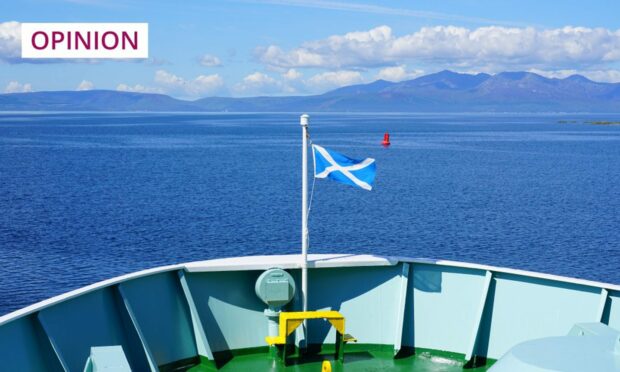
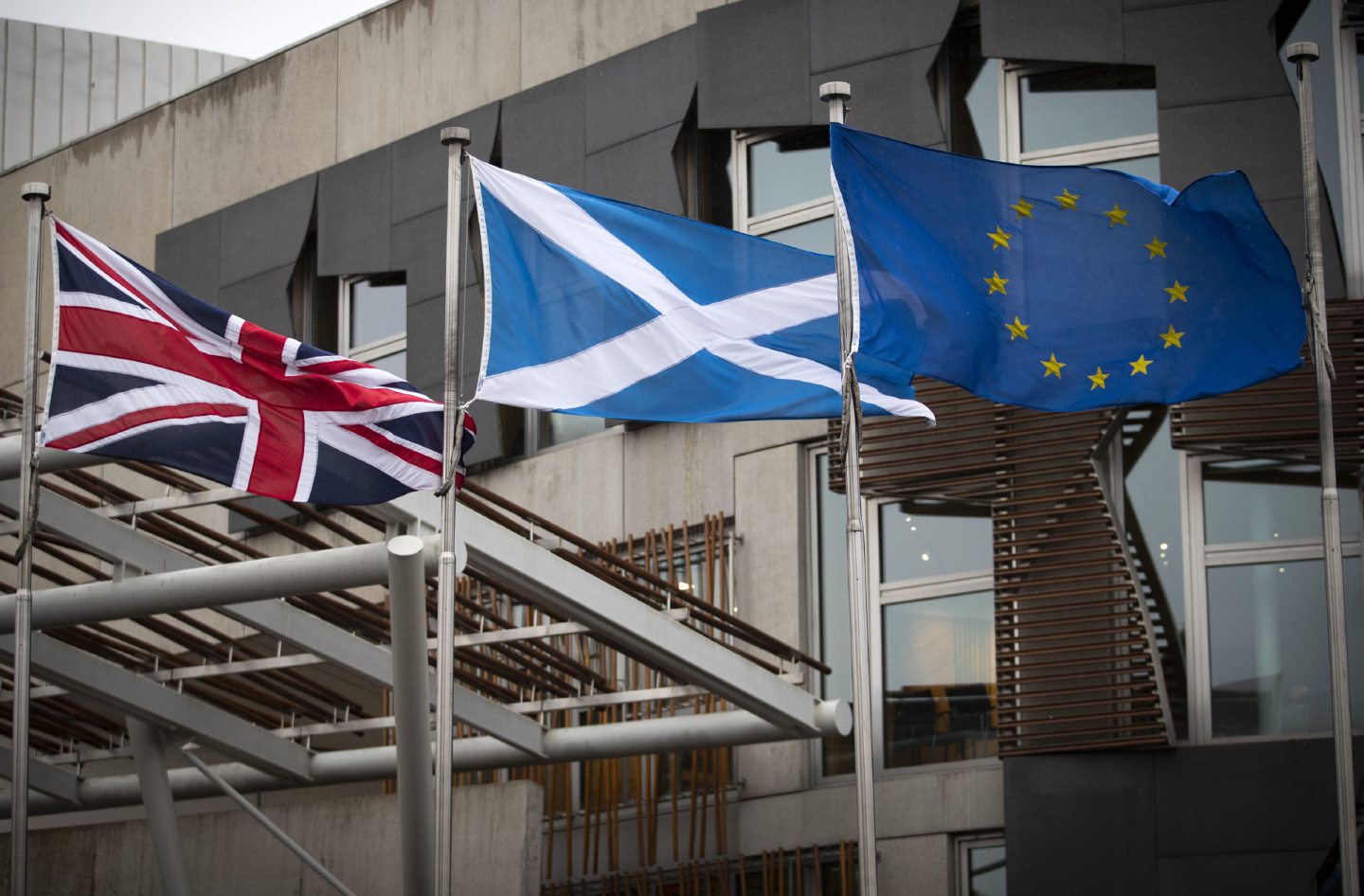
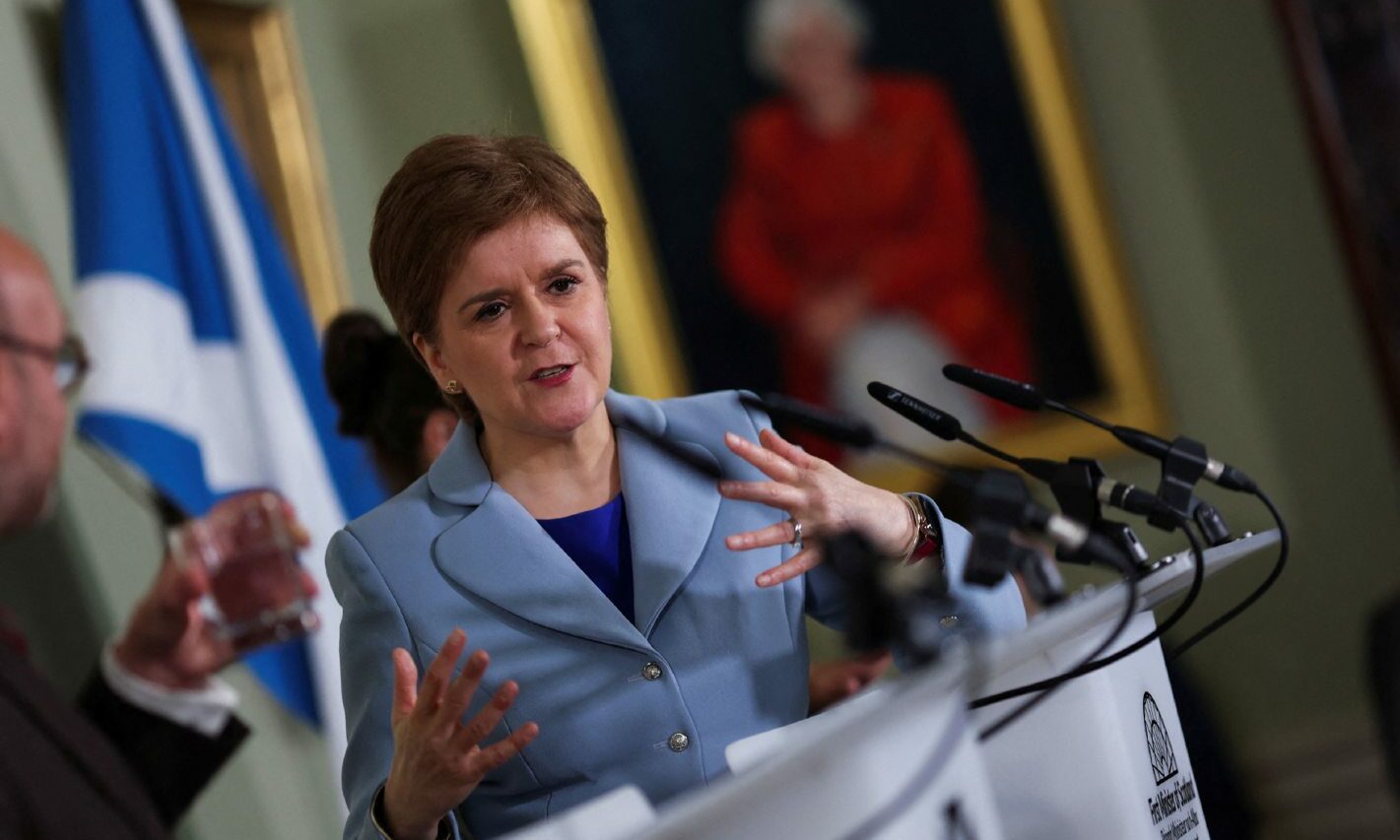




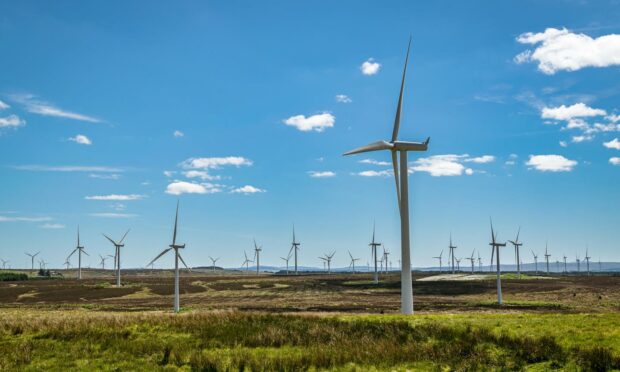










Conversation